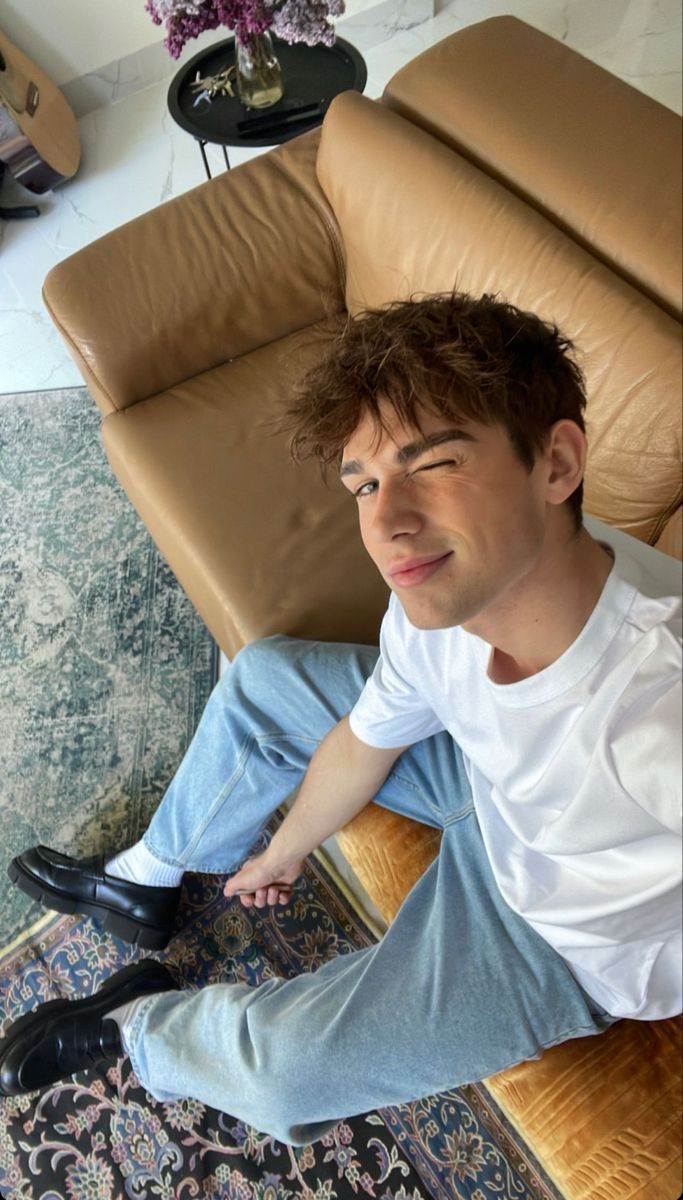
Next-Gen Style: Top Youth Fashion Trends for 2025
Introduction
The year 2025 marks a significant transformation in the realm of youth fashion. As Gen Z and emerging Gen Alpha consumers redefine style on their own terms, youth fashion is no longer just about seasonal collections. It reflects identity, ideology, and community. With the digital-native generation having unprecedented access to trends, platforms, and personalization tools, the future of teen and young adult style has become a hybrid of subcultures, social movements, and technological innovation. This comprehensive look at top youth fashion trends for 2025 explores how individuality, sustainability, and creative freedom shape the style narrative for the next generation.
Digital-First Fashion Identity
In 2025, the convergence of fashion and technology empowers young consumers to create digital avatars and personalized online wardrobes that mirror their real-world preferences. Virtual fashion shows, try-on tools, and metaverse-ready garments allow youth to experiment with bolder aesthetics without physical constraints. Popular platforms like Instagram, TikTok, and emerging Web3 ecosystems are the new runways, where outfits gain traction based on cultural relevance and visual impact. Youth embrace digitally enhanced textiles, AR-embedded pieces, and NFTs linked to limited-edition fashion drops, giving rise to a fully immersive and customizable fashion identity.
Gender Fluidity and Inclusive Aesthetics
Today’s youth reject binary fashion norms, and 2025 solidifies gender-fluid styling as a mainstream movement. Clothing collections cater to personality rather than gender, with androgynous silhouettes, neutral palettes, and transformable fits becoming common. Brands champion inclusive sizing, body positivity, and diverse casting in campaigns to resonate with a generation demanding authentic representation. Items such as oversized shirts, utility skirts, cropped jackets, and flowy pants are styled in infinite combinations, proving that the line between masculine and feminine fashion continues to blur and evolve.
Eco-Driven Style Statements
Environmental consciousness is more than a buzzword for Gen Z and Gen Alpha—it’s a guiding principle. In 2025, youth fashion trends emphasize upcycling, biodegradable fabrics, and closed-loop production systems. DIY customization breathes new life into vintage pieces, while brands offering carbon-neutral products see growing loyalty. From compostable sneakers to recycled denim and plant-dyed tees, young shoppers reward transparency and sustainability with their buying power. Influencers and activists promote eco-styling tips, encouraging followers to create trend-forward outfits while minimizing environmental impact.
Streetwear Meets Subculture Fusion
Streetwear remains a foundational influence in youth fashion, but 2025 sees its integration with fringe subcultures to form distinctive new aesthetics. Gothic futurism, skate-core, cyberpunk grunge, and Y2K revival intersect with classic street staples like hoodies, joggers, and chunky sneakers. Custom patches, graffiti-inspired prints, and experimental layering styles are prevalent, while color palettes alternate between neon brights and washed-out neutrals. The result is a streetwear movement that is globally inspired yet hyper-local, often defined by regional influencers and underground communities.
Functionality and Comfort Take Center Stage
While style remains essential, young consumers in 2025 demand fashion that supports their active and dynamic lifestyles. Athleisure continues to evolve, blending sportswear with elevated tailoring and smart textiles. Techwear gains momentum, offering pieces with climate adaptability, anti-microbial properties, and digital integration. Unstructured outerwear, seamless bodysuits, cargo pants, and oversized knits deliver both visual edge and practicality. As fashion merges with wellness, pieces that facilitate movement, regulate temperature, or even track health metrics become indispensable in youth wardrobes.
Minimalism with a Personalized Twist
Minimalist fashion takes on new life in 2025 through personalized elements and unexpected details. While base designs focus on simplicity, they’re often accented by asymmetrical cuts, hand-drawn graphics, or unique fasteners. Monochrome outfits in tones of charcoal, cream, sage, and blush are balanced by quirky accessories and statement footwear. Capsule wardrobes gain popularity among young consumers who seek to reduce consumption while curating intentional, mix-and-match pieces. This streamlined yet expressive approach speaks to a generation interested in quality, identity, and sustainability.
Rise of Local and Cultural Narratives
Youth fashion in 2025 celebrates heritage and local pride like never before. Young designers infuse traditional motifs and craftsmanship into modern silhouettes, creating garments that tell cultural stories. Afro-futurism, Southeast Asian embroidery, Latinx color theory, and Indigenous beadwork find their place in mainstream fashion, driven by creators who own their narratives. Clothing becomes a tool for both identity expression and cultural education, as youth explore and honor their backgrounds through what they wear.
Second-Hand, Swapped, and Circular Economies
Owning new clothing is no longer a status symbol for young consumers in 2025. Instead, participation in circular fashion economies—through thrift shopping, clothing swaps, and rental platforms—is seen as stylish and ethical. Apps that facilitate wardrobe sharing and digital closets thrive, while social media challenges encourage creative restyling of older pieces. Youth-led fashion collectives and local pop-ups support re-commerce, helping to build communities around reuse and slow fashion.
Tech-Enhanced Fabrics and Smart Design
Smart fabrics are at the forefront of fashion innovation, and young shoppers are among their most eager adopters. From textiles that change color with temperature to fabrics that repel stains or adjust to climate changes, these features offer more than just novelty—they meet real lifestyle needs. Designs also embrace 3D printing, biometric feedback integration, and modular construction. These pieces not only look futuristic but actively improve comfort, performance, and sustainability.
Hyper-Customization and Identity Styling
More than ever, teens and young adults want to showcase individuality. The rise of AI-assisted fashion apps allows users to generate personalized clothing designs, while micro-run production lets them receive one-of-a-kind items. Youth experiment with patches, embroidery, dyeing, and layering to build deeply personal looks. Online marketplaces offer made-to-order services, empowering consumers to dictate every detail from fit to finish. This shift to individual-driven style reflects a broader cultural turn toward self-expression over mass conformity.
Conclusion
The fashion trends defining youth style in 2025 are more than aesthetics—they are reflections of identity, values, and aspirations. Young consumers lead a movement grounded in sustainability, digital fluency, and creative liberty. As these trends continue to evolve, one thing is clear: youth fashion is not about following—it’s about setting the tone. Whether through conscious consumption, tech-forward textiles, or stylistic experimentation, the next generation is crafting a new language of style where innovation meets intention.


